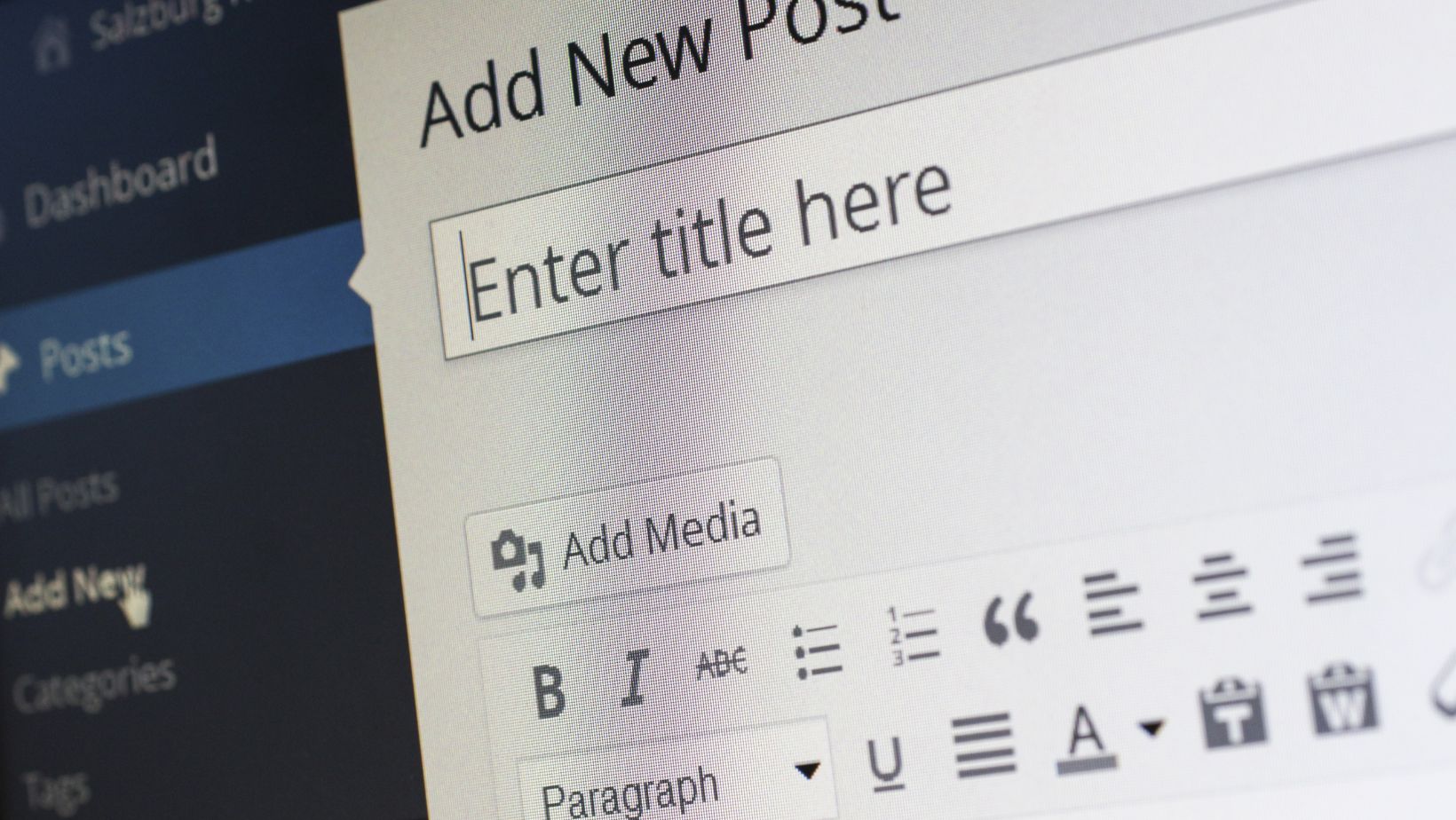WordPress is an excellent tool for creating and managing content, but where exactly are these pages stored?
In this guide, you’ll learn the answer to that question and discover how to explore and access those WordPress pages using your database.
Why WordPress Pages are Stored in a Database
WordPress pages are stored in a database because databases provide powerful tools for managing large amounts of content.
Databases also allow developers to quickly create, manage and update content on the web and make it accessible to users while allowing it to remain secure from unauthorized access.
By keeping pages in a database, WordPress can store more information about each page than if they were simply hard-coded into an HTML template. This makes managing content much easier for those who constantly update and change their site’s content.
What is the Structure of a WordPress Database?
The structure of a WordPress database is highly organized to allow for efficient retrieval and processing of data.
Core tables store the general information about the site, such as the name and URL. In contrast, other tables hold more specific information, such as posts, pages, categories, comments, and user data.
Each page stores content in four essential columns: post_title, post_name (the page’s name), post_content (the page’s actual content), and post_date (when the page was published).
How to Access and Retrieve Pages from the WordPress Database
To access and view the contents of WordPress pages in your database, you’ll need to open your database and use the SQL query language.
With SQL queries, you can limit your search results to pages or articles with specific titles, post_content (the page’s actual content), or post_date (when the post was published). You can also search for other content, such as images, plugins, and themes associated with your pages.
Once you have run the query, you will see a list of all pages stored in the database, including their titles and in what table they are stored.
Tips for Securing Your WordPress Database and Your Site’s Data
It is essential to improve security to protect your WordPress pages and other content stored in your database.
This includes regularly backing up your data, updating plugins and themes to ensure they remain secure, and following best practices when setting passwords for your database.
Additionally, consider investing in a web application firewall (WAF) or another security tool that blocks the malicious activity on your site so that it can’t get into the database and corrupt the data stored there.
What You Should Avoid When Using or Editing Your WordPress Database Page Files
It is essential to avoid editing your WordPress database page files directly. Doing so could introduce errors and corrupt your data, leading to problems.
Additionally, if you’re making changes to your site through the administrative dashboard, consider reviewing those changes in the database before committing them as permanent changes.
That way, if a mistake happens elsewhere on the site, you can easily undo or fix any issues that arise without affecting the entire database.


